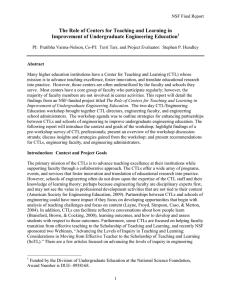Session 1
advertisement
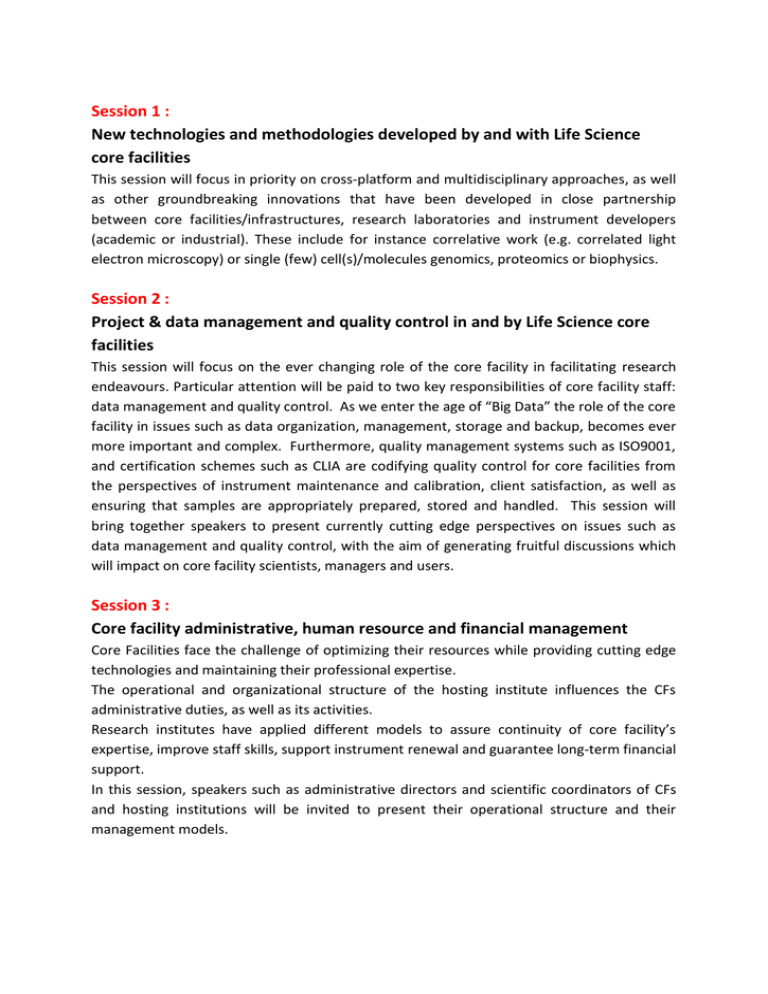
Session 1 : New technologies and methodologies developed by and with Life Science core facilities This session will focus in priority on cross-platform and multidisciplinary approaches, as well as other groundbreaking innovations that have been developed in close partnership between core facilities/infrastructures, research laboratories and instrument developers (academic or industrial). These include for instance correlative work (e.g. correlated light electron microscopy) or single (few) cell(s)/molecules genomics, proteomics or biophysics. Session 2 : Project & data management and quality control in and by Life Science core facilities This session will focus on the ever changing role of the core facility in facilitating research endeavours. Particular attention will be paid to two key responsibilities of core facility staff: data management and quality control. As we enter the age of “Big Data” the role of the core facility in issues such as data organization, management, storage and backup, becomes ever more important and complex. Furthermore, quality management systems such as ISO9001, and certification schemes such as CLIA are codifying quality control for core facilities from the perspectives of instrument maintenance and calibration, client satisfaction, as well as ensuring that samples are appropriately prepared, stored and handled. This session will bring together speakers to present currently cutting edge perspectives on issues such as data management and quality control, with the aim of generating fruitful discussions which will impact on core facility scientists, managers and users. Session 3 : Core facility administrative, human resource and financial management Core Facilities face the challenge of optimizing their resources while providing cutting edge technologies and maintaining their professional expertise. The operational and organizational structure of the hosting institute influences the CFs administrative duties, as well as its activities. Research institutes have applied different models to assure continuity of core facility’s expertise, improve staff skills, support instrument renewal and guarantee long-term financial support. In this session, speakers such as administrative directors and scientific coordinators of CFs and hosting institutions will be invited to present their operational structure and their management models. Session 4 : Teaching and training by and for Life Science core facilities Core Facilities staff support other scientists by offering access to sophisticated technologies, guiding proper experimental design, planning scientific workflows and ultimately by organizing training courses. The training of users in technology intensive techniques not only promotes their use but also can bring in new qualified staff to core facilities. To ensure a healthy future for core facilities, a professional career path should be identified to encourage and promote the careers of core facility staff members. A central coordination of training courses may overcome the current dispersed efforts in developing new skills that would suit core facility staff. The establishment of an educational pathway may allow to create a real professional career path in a core facility environment. In this session, speakers will be invited to share their experience and expectations in terms of training for and by Core Facilities. Session 5 : Building networks, communities and lobbies involving Life Science core facilities The aim of this session is to demonstrate how networking locally, nationally and internationally benefits to Life Science core facilities. The session will explore why building strong communities within Life Sciences is important, in particular for gaining funding, and how effective and vibrant communities of researchers can successfully lobby policy makers. Talks within this session will highlight the Life Sciences networks in place across Europe; consider what makes a successful network; discuss the benefits of a dynamic community and identify successful strategies for lobbying. The session will also consider how CTLS can work closely together with apparented organizations worldwide, such as the Association of Biomolecular Resource Facilities (ABRF) in the United States. It is hoped that this session will lead to discussions on how CTLS can build on other initiatives across the field of Life Sciences, and how effective networks can be established using CTLS as a hub.
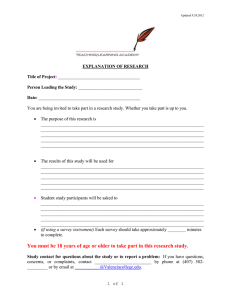


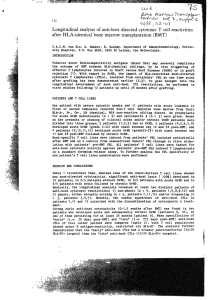
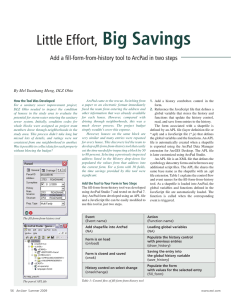
![The Banyan Tree [Volume 6, Number 2]](http://s2.studylib.net/store/data/018501632_1-8400a6c0af5a8424cae9c18917135a25-300x300.png)
